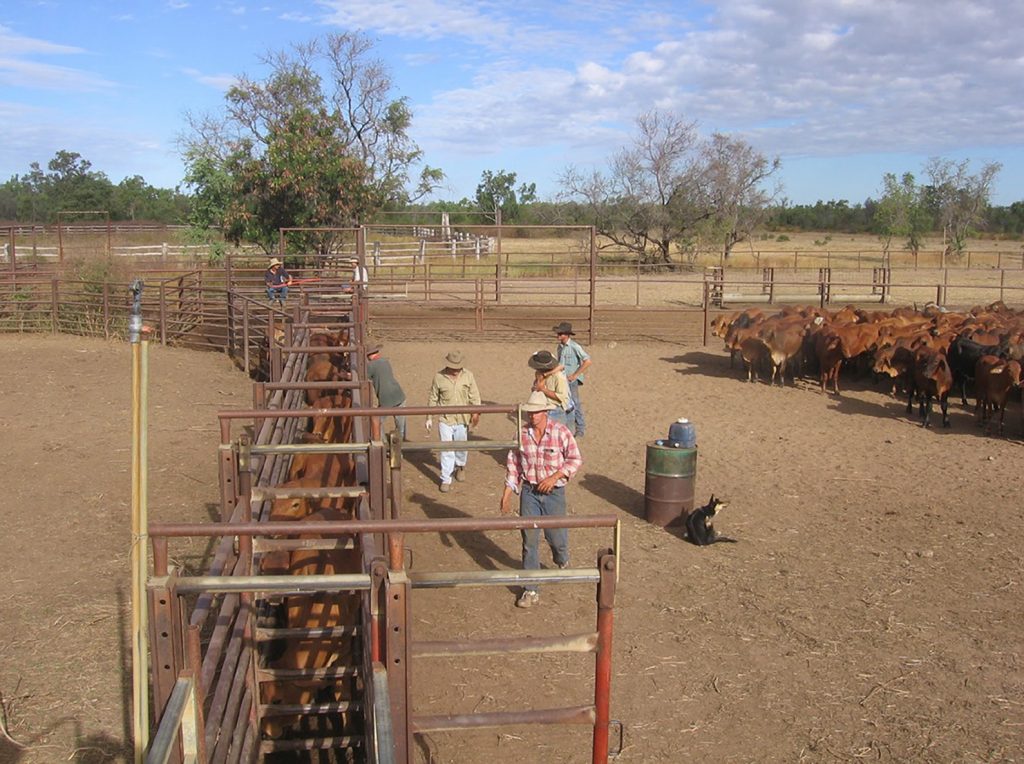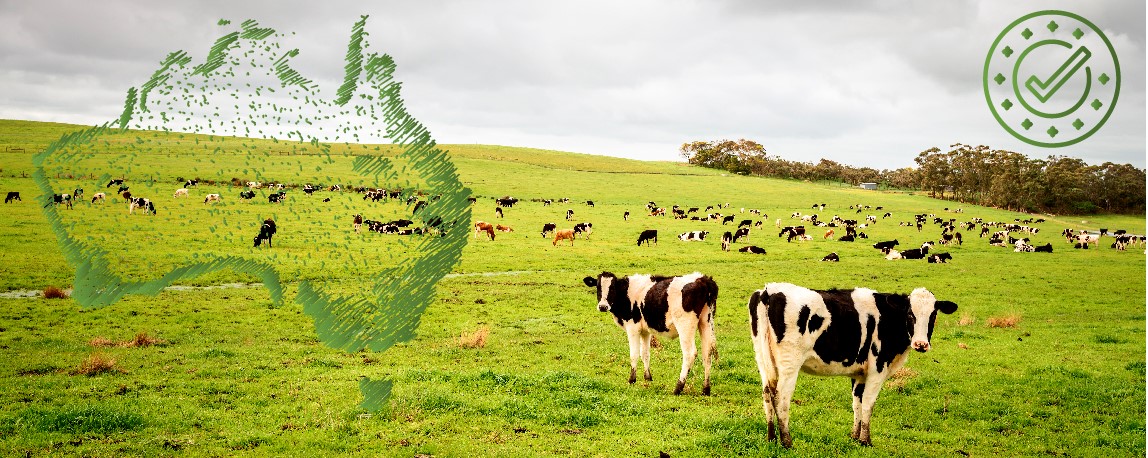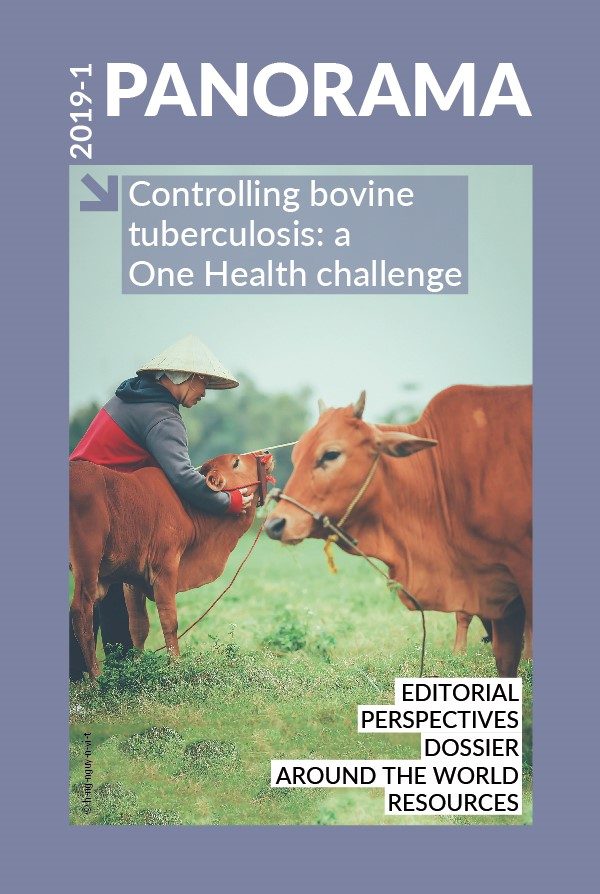Around the world Posted on 2019-05-21 16:54:48
Success stories
Lessons learned from Australian success during the successful eradication of bovine tuberculosis
Keywords
Authors
Simon J. More(1)*, Brian Radunz(2) & Ron J. Glanville(3)
(1) Professor of Veterinary Epidemiology and Risk Analysis, School of Veterinary Medicine, University College Dublin, Ireland.
(2) Ex-CVO of the Northern Territory, PO Box 678, Howard Springs, Northern Territory, Australia.
(3) Ex-CVO of Queensland, Biosecurity Advisory Service, PO Box 476, Woodend, Victoria, Australia.
* Corresponding author: simon.more@ucd.ie
The designations and denominations employed and the presentation of the material in this article do not imply the expression of any opinion whatsoever on the part of the OIE concerning the legal status of any country, territory, city or area or of its authorities, or concerning the delimitation of its frontiers and boundaries.
The views expressed in this article are solely the responsibility of the author(s). The mention of specific companies or products of manufacturers, whether or not these have been patented, does not imply that these have been endorsed or recommended by the OIE in preference to others of a similar nature that are not mentioned.
The following is a brief overview of key lessons learned during Australia’s Brucellosis and Tuberculosis Eradication Campaign (BTEC), as outlined by More et al. [1], which were both technical and non-technical in nature:
- A compelling rationale. The Australian cattle industry is highly export-oriented, and there were real concerns before the start of BTEC that bTB might threaten international trade. This was a compelling rationale for eradication, both nationally and also for individual farmers.
- A clear, agreed outcome. Across both government and industry, there was a shared purpose with a common goal; namely, the eradication of bovis from the Australian cattle and buffalo population.
- A government–industry partnership. Genuine industry commitment proved crucial to BTEC’s success. BTEC decision-making was a partnership between government and industry, with the cattle industry actively involved at all levels of management, including nationally, regionally and on individual farms. Cost-sharing between the industry and government was also an important feature throughout BTEC, using industry funds collected through levies. These arrangements evolved during BTEC, with the cattle industry covering 50% of programme costs (operations, compensation, additional assistance measures) during the latter half of the programme.
- A business model. BTEC was underpinned by detailed forward planning, including multi-annual strategic plans and annual operational plans.
- Technical standards. Key features of BTEC included consistent and transparent technical standards and a strict regulatory regime. Improving livestock traceability through the introduction of the tail-tag system linked to property identification codes was an important element of the control and eradication programme. The programme was also underpinned by applied research.
- Abattoir surveillance. This was the primary method of surveillance to detect herds not previously known to be infected, and a number of strategies were used to maximise its sensitivity.
- Effective elimination of residual infection. Many risk-based approaches were used to minimise infection risk, including risk classification of herds and regions, pathways for herd classification, risk-based movement/trading and the elimination of uncontrolled animals. Controls on infected herds were tightened as the programme progressed, and an ongoing risk of residual infection was assumed until all cattle exposed to infected animals had been slaughtered.
- Objective measures of progress. Area and herd classification were used throughout BTEC, providing clear evidence of progress towards eradication.
Information about the overall Australian programme is available, both in the lay [2] and scientific [1, 3] literature.

©Rod Robertson
http://dx.doi.org/10.20506/bull.2019.1.2927
References
- More S.J., Radunz B. & Glanville R.J. (2015). – Lessons learned during the successful eradication of bovine tuberculosis from Australia. Vet. Rec., 177, 224–232. http://dx.doi.org/10.1136/vr.103163.
- Lehane R. (1996). – Beating the odds in a big country. The eradication of bovine brucellosis and tuberculosis in Australia. CSIRO Publishing. ISBN: 0643058141.
- Radunz B. (2006). – Surveillance and risk management during the latter stages of eradication: experiences from Australia. Vet. Microbiol., 112, 283–290. https://doi.org/10.1016/j.vetmic.2005.11.vet017.












